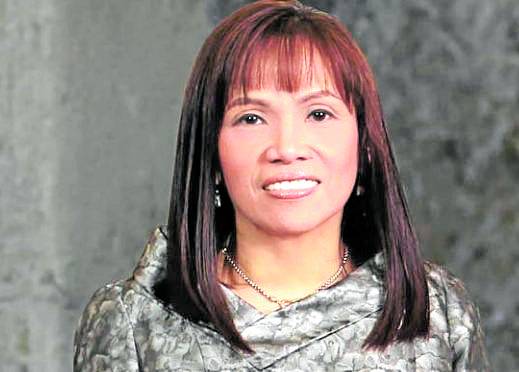42-month high inflation in May hikes bond yield
MANILA, Philippines—The Bureau of the Treasury (BTr) on Tuesday (June 7) borrowed less than what it wanted to raise from reissued bonds as jittery domestic creditors sought higher yields after the government reported May’s inflation rate hitting a 42-month high.
The Treasury capped the average rate to 5.514 percent per annum, hence raised only P25.2 billion out of its P35-billion treasury bond offer. Bid rates hit a high of 5.62 percent and a low of 5.514 percent for the debt paper due in February 2026.
The IOUs—maturing in three years and eight months—were being traded at a lower 5.194 percent in the secondary market, while other comparable four-year bonds were priced at 5.413 percent in the secondaries.
National Treasurer Rosalia de Leon attributed the partial award to climbing bids following the surge in May inflation to 5.4 percent year-on-year, mainly due to expensive food and oil.
“Markets remained conscious of both statements from the US Federal Reserve and Bangko Sentral ng Pilipinas (BSP) Governor Benjamin Diokno on respective rate actions of 50-basis point (bp) and 25-bp hikes, respectively, to temper inflation,” De Leon said.
Tenders for the reissued securities reached P48.8 billion or 1.4 times more than the offering. So far, the Treasury borrowed a cumulative P172.8 billion from this bond series.
In an economic bulletin on Tuesday, the Department of Finance’s (DOF) chief economist and retired undersecretary Gil Beltran reiterated that fiscal consolidation was needed to trim the Philippines’ debt ratio and repay debts which hit a new high of P12.8 trillion as of end-April. Debt-to-gross domestic product (GDP) — the better measure of an economy’s capability to settle obligations — also climbed to 63.5 percent at the end of the first quarter, the highest since end-2005’s 65.7 percent and above the 60-percent threshold deemed by credit rating agencies as manageable among emerging markets like the Philippines.
“The recent buildup of debt is largely on account of the economy’s response to the pandemic. The economy was able to borrow massively precisely because it had the capacity to do so prior to the pandemic,” Beltran said.
“The debt-to-GDP could have been higher had the additional stimulus bills earlier proposed by Congress (such as Bayanihan 3) been passed. Stimulus packages are best unpacked at the appropriate moment such as when disasters strike, not when the economy is on high gear at which time the appropriate policy response is to conserve energy and keep powder dry,” he said.
“From economic management in general, trimming down the debt-to-GDP ratio means growing the economy at a faster rate than the buildup of debt,” said the DOF chief economist.
“This year, the Development Budget Coordination Committee (DBCC) pencils real GDP growth to be between 7 percent and 8 percent [this year] and 6 to 7 percent next year through 2025,” Beltran said.
“There are higher odds of achieving these investment-led growth targets given the infrastructure spending in prior years, the lowering of corporate income taxes, and the recently passed structural reforms (such as amendments to the Foreign Investment Act, Retail Trade Liberalization Act, and Public Service Act). Note, however, that these growth assumptions rest on the absence of negative economic shocks (such as the resurgence in infections),” Beltran added.
“On the fiscal front, fiscal consolidation is achieved by narrowing the budget deficit—shoring up revenues and cutting non-priority expenditures but without sacrificing infrastructure spending. Absent new tax measures and further cuts in spending, the latest baseline scenario projects the deficit reaching 4.1 percent of GDP by 2025, down from 2021’s 8.6 percent. Mobilizing an additional P250 billion a year will cut further the deficit so as to reach around 3.2 percent by 2025, a figure comparable to the pre-pandemic deficit of 3.4 percent,” according to Beltran.
For Beltran, “it is therefore important to restore fiscal health and build up reserves when the economic weather is fine so as to have the capacity to respond again should shocks materialize.”
“This is akin to having an insurance that covers for contingencies. Not having one is a fool’s game and fiscal heartaches hit the hardest when it’s too late,” Beltran said.
TSB
READ NEXT
EDITORS' PICK
